
Have you ever heard someome say something like this at work?
Listen, workplace violence is a serious issue, and threatening behavior in the workplace is not something to take lightly. The FBI indicates that there is no profile or litmus test that exists to demonstrate whether an employee might become violent. There are, however, some problem situations that may give rise to violence – personality conflicts between coworkers; mishandled termination or disciplinary action; weapons at the worksite; or drug or alcohol abuse at the worksite. Other risk factors are personal but spill over into the workplace – the breakup of a marriage or romantic relationship; family conflict; financial or legal problems; or emotional problems.
It is well documented that individuals rarely snap and engage in workplace violence without first exhibiting behaviors of concern. Knowing and reporting these behaviors of concern is just as important as understanding the problem situations and risk factors that often precede behaviors of concern. Such behaviors of concern could include depression, threats, menacing behavior, erratic behavior, aggressive outburst, offensive conversation, jokes referring to violence, increasing tardiness, increasing absenteeism, worsening relationships with coworkers, decreased productivity, homicidal comments, increasing belligerence, hypersensitivity to criticism, and verbal abuse. Of course any of these behaviors alone is not necessarily more suggestive of potential workplace violence, but many of these behaviors taken together should raise warning flags.
Let's revisit the person who yelled, "I'm so mad I could kill someone!" Is this a threat that should be taken seriously? The answer really lies in the collective past behavior of the individual making the threat. Let's say this particular person has been increasingly tardy to work, has showed a marked decrease in productivity, and has regularly shown up to work disheveled. In this case, yes, this threat should be taken seriously.
Having a risk management plan that incorporates workplace violence is an important part of keeping your employees, clients, and place of business safe. Make sure people understand what behavior your expect from them and how to detect erratic and threatening behavior.


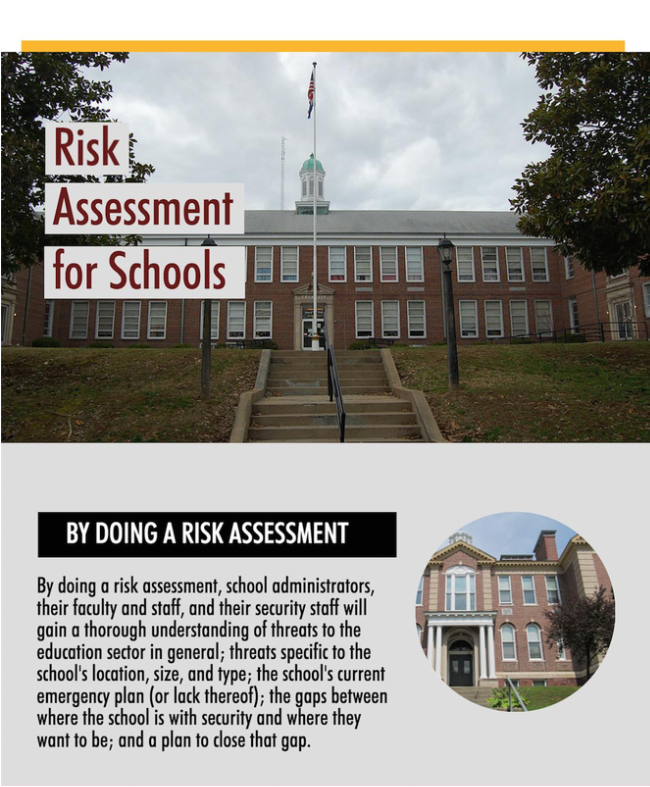
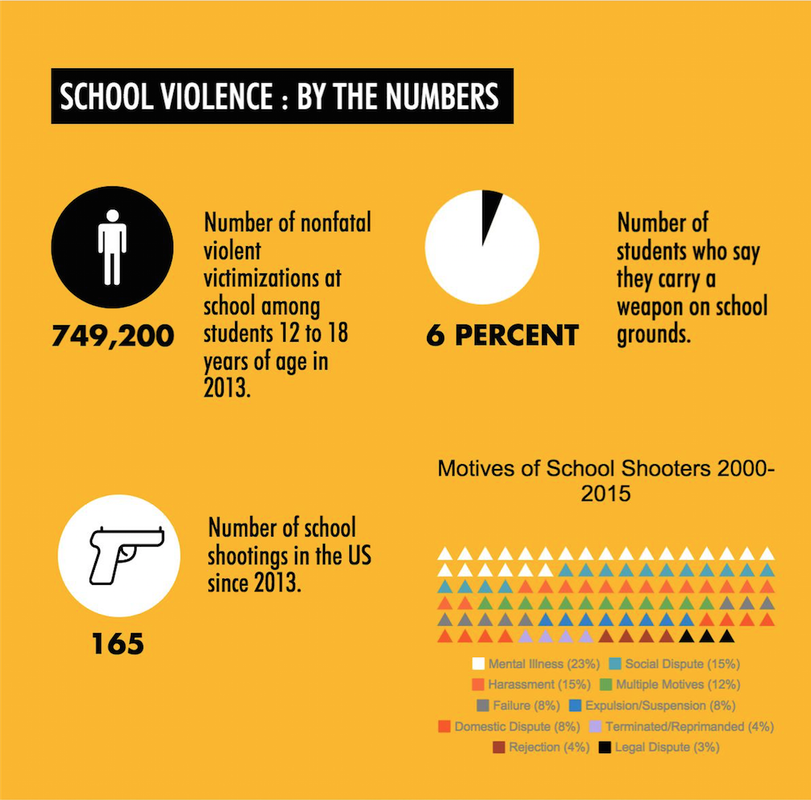
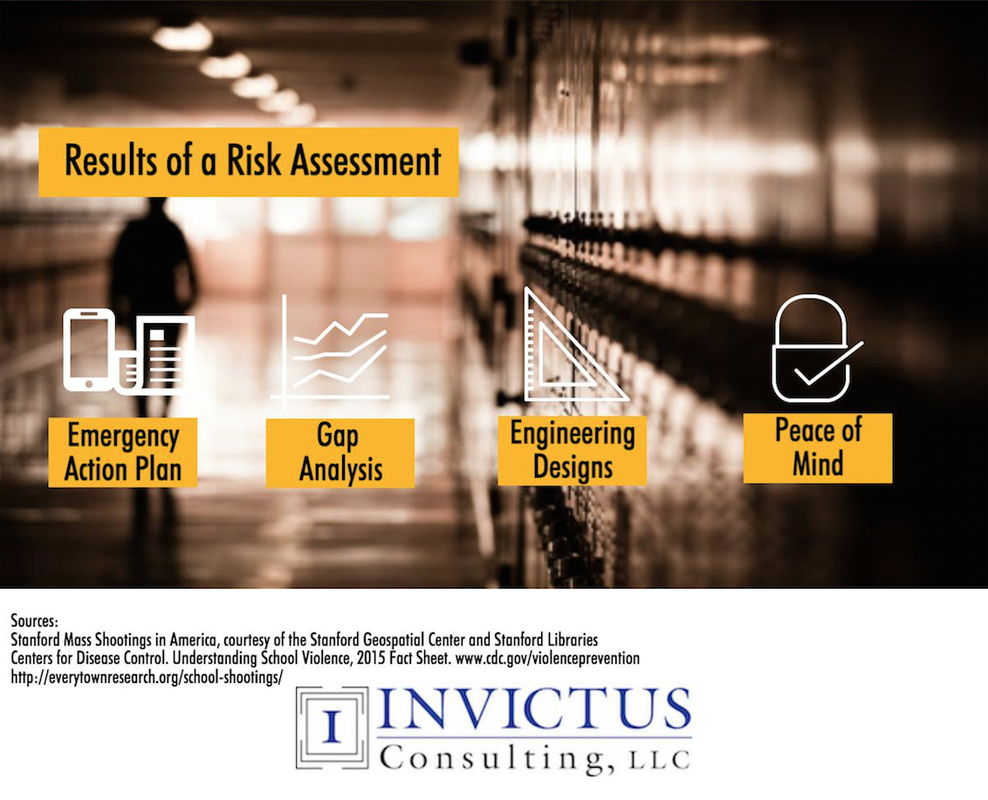

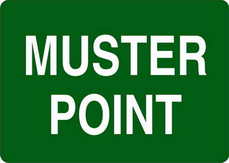


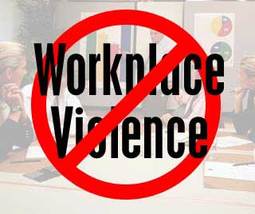


 RSS Feed
RSS Feed
